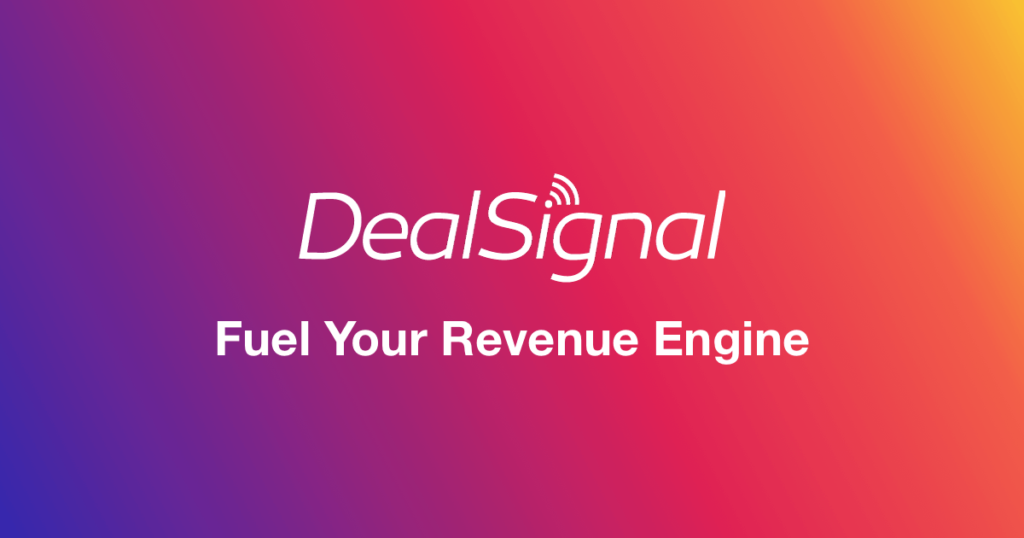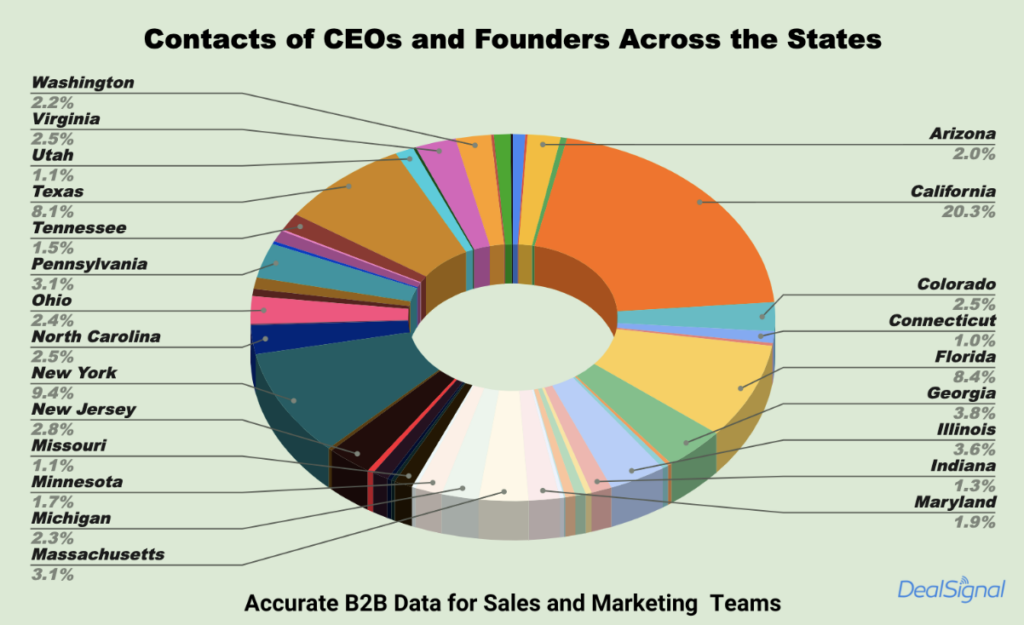Account based marketing benchmarks are helping B2B marketers achieve outstanding ROI. According to the 2022 ABM Benchmarking Survey, marketers reported that ABM delivers 84% pipeline growth and 77% revenue growth. But ABM’s success depends upon careful planning and execution, starting with putting six foundational building blocks in place: Systems, Data, Processes, Content, Analytics, ICP, and Alignment.
- 1. Systems: Martech & salestech tools to store, manage, and engage your contacts and leads
- 2. Data: Fresh, accurate info to help you plan, prioritize, and personalize your account based marketing benchmarks
- 3. Processes: Planning which channels to use and how you will execute your ABM strategy
- 4. Content: Personalized messaging that engages your target audience
- 5. Analytics: Measuring & optimizing your ABM programs
- 6. Ideal Customer Profile: The importance of a strong ICP
- 7. Sales-Marketing Alignment: The cornerstone of effective ABM programs
- Learn more about the best ABM tactics for your B2B business
1. Systems: Martech & salestech tools to store, manage, and engage your contacts and leads
Before you undertake an account based marketing initiative, you need to have the right systems in place. First, you need what Gartner calls a “system of record”, such as Salesforce or other CRM—a place to store and track your account data, contacts, and leads.
HubSpot is an example of a hybrid to the next layer up in the ABM stack, which is a “system of engagement”, a process-oriented tool that enables you to segment your ABM contacts, create customized offers, launch email campaigns, etc. Many marketers are using Marketo, Oracle Eloqua, or Pardot as their system of engagement. To complement marketing’s account based marketing benchmarks efforts, SDRs, inside sales, and many field sales teams use sales automation systems, such as SalesLoft or Outreach, to automate how they engage with all the target contacts and accounts in their territories.
Along with having the right systems in place, you also need the right marketing ops and sales ops expertise to manage and integrate those systems effectively and use them efficiently. That’s where teams start driving leads to conversion and driving revenue. When you have your CRM and automation systems in place and some ability to manage them, the rest of the players will all be more efficient and effective.

2. Data: Fresh, accurate info to help you plan, prioritize, and personalize your account based marketing benchmarks
So you have your systems of record and engagement in place. Next, you need the right data to power your account based marketing benchmarks machine.
To scope your ABM effort effectively, you first need to understand the total audience for your target buyers, aka your total addressable market (TAM). That means fresh, accurate, complete firmographic, demographic, and perhaps technographic data that can help you answer these key questions:
- How many accounts are there that fit my ideal customer profile (ICP)?
- How many contacts are there at those accounts that fit my buyer personas?
- How many accounts and contacts can I go after given my budget and resources?
Even if you’re paring your TAM down to a smaller set of accounts or a single persona for your initial phase, it’s important to make those decisions within the context of your total audience and a bottom-up measurement of your total addressable market.
Once you know your TAM, you need a clear understanding of your coverage, i.e., do you have the right data in your system of record to engage with that audience and personalize that engagement effectively? Ask yourself:
- Which accounts fit my ICP and do I have their complete firmographic details?
- Who are the contacts at those accounts that fit my customer personas?
- Do I have their complete, accurate contact details (current title, email, direct phone, etc.)?
- Do I have data about their areas of interest/responsibility/pain points so I can personalize our outreach to them?
In working with B2B companies from start-ups to enterprises across many industries, we find that most organizations are missing up to 80% of their total target audience, and up to 50% of the data they do have is incomplete or outdated. Contact discovery can help fill that gap.
The importance of data quality
If you define the right buyer personas and you’re selling to the people who are the most likely to buy your product or business service, that is typically going to result in better conversation rates.
Picking the right targets depends upon having complete and accurate data to analyze, particularly if you’re trying to use predictive tools. No matter how your team decides on which accounts to target, starting with account and contact enrichment can help ensure that you’re making decisions based on a complete and accurate picture of your situation.
Since account based marketing benchmarks depend upon actually engaging your targets, data quality becomes even more vital as you start running campaigns. Because contact data decays at an alarming rate, you need email addresses that have been verified. The gold standard is a 95-100% deliverability rate, so you should seek a guarantee from any data vendor that they will provide that level of quality. Having direct dial phone numbers is also key so that your sales team can follow up with contacts efficiently.
3. Processes: Planning which channels to use and how you will execute your ABM strategy
Defining your account based marketing benchmarks processes is about aligning your goals with the tactics you’ll use to achieve them—deciding how you’ll use your core systems, and what others you may layer on top. Over the last several years, the martech landscape has expanded exponentially to include many specialized ABM tools.
Will you do advertising and retargeting with an ABM platform to drive inbound? You’ll still need a defined process for how marketing and sales will handle each inbound lead. You also need to consider how often you’ll be sending emails, will marketing or sales send them, and whether will they have customized landing pages per account or by segment. How might you layer in buyer intent to identify new accounts and demand centers and integrate them into your ABM process? What about custom events? Direct mail? Each medium or channel you consider needs a well-thought-out and documented execution process in order to drive revenue.

4. Content: Personalized messaging that engages your target audience
So, you have all your systems and processes in place and you’ve perfected your audience data. Now, what the heck are you going to send them?
Whether you’re doing display ads, email campaigns, bespoke videos, direct mail, or all of the above, running ABM efficiently means developing resonant content that can be tailored for each account and buyer persona, and be repurposed. One reason that 82% of B2B companies see higher opportunity-to-close rates from ABM accounts is that the messaging and content are highly tuned to the target buyer.
Our customers have achieved great results by segmenting their ABM lists by title/seniority and then sending a high-level message about innovation and line of business goals to the C-level and more nuts and bolts tech benefits to the practitioners. They also segment their lists and content by the size of the company they’re targeting, since pain points will differ. You can read a case study here.
Where a good generic email campaign may get 10-20% open rates…with engagement and conversion rates following from there, we’ve seen customers who hyper-target their content get 50-70% open rates, 25% engagement rates in a first call, and an 8% conversion to a meeting within five to seven business days. Sure, it’s a little bit more work to personalize and tailor your content, but it’s 5-10x more effective.

Vibrant On-Demand B2B Data. Transparent Pricing. Industry-Leading Customer Support. Trust in DealSignal.
5. Analytics: Measuring & optimizing your ABM programs
Now, your systems are all in sync, you’ve got a process for fresh data and customized messaging and you’re engaging your targets with tailored content. You’re scaling. Now it’s time to measure and optimize your ABM program. Here’s what you’ll want to look at:
- Content: Which messages, subject lines, and creative have driven the most engagement & revenue?
- Systems/Mediums: Where am I seeing the best conversion rates, the best ROI? Should I change my targeting slightly to get more specific?
- Data: Can I optimize my target personas? Add/remove keywords or change exclusions? Tweak titles slightly? How might that change my TAM?
- Processes: Can we be working leads more efficiently? Is our lead/account scoring accurately? Do marketing & sales still agree on whom to target?
We’ve seen customers with optimized systems and processes hone in, exclude the noise and perfect their target personas by 20% or 30% and achieve 2-3x conversion rates as a result. ABM practitioners who can use analytics to measure and optimize the building blocks of their program are truly Master Builders.
6. Ideal Customer Profile: The importance of a strong ICP
Having a strong Ideal Customer Profile (ICP) is crucial for a business’s success in account based marketing benchmarks. An ICP is a detailed description of the ideal customer that a business wants to target, including demographics, firmographics, psychographics, and other relevant information.
Developing an ICP requires a combination of qualitative and quantitative inputs, including customer feedback, market research, and data analysis. Top-performing organizations that have a strong ICP see a 68% higher account win rate compared to those that do not have a clear ICP.
To develop a strong ICP, businesses should consider the following:
- Identify key attributes: Look at your current customer base and identify the common attributes that they share, such as company size, industry, location, or revenue. You can also analyze data from external sources, such as market research reports, to identify trends and patterns.
- Use qualitative data: Collect feedback from your sales and marketing teams, as well as from customers themselves, to understand their pain points, challenges, and needs. This can provide valuable insights that can help refine your ICP.
- Refine your ICP: Continuously review and refine your ICP based on new data and feedback. This can help ensure that your ICP remains accurate and relevant over time.
It is also worth noting that businesses that combine qualitative input from stakeholders with prospect and customer data are 61% more confident that their ICP represents the attributes of the best accounts for the organization. This highlights the importance of gathering input from multiple sources to develop a comprehensive and effective ICP.
7. Sales-Marketing Alignment: The cornerstone of effective ABM programs
The first five building blocks are essential for operationalizing account based marketing benchmarks, but without careful alignment between your marketing and sales teams, your account based marketing benchmarks program won’t be structurally sound.
To build a strong foundation that will make your ABM program a towering success, your marketing and sales teams must collaborate on your ideal customer profile (personas and target accounts/criteria), develop a joint process to engage contacts across channels, and also agree on the KPIs you’ll use to track and measure your results.

TAM Analysis for Targeting CEOs in the US
Unlock the secrets to targeting CEOs and Founders on LinkedIn with precision.
Download the FREE report to access invaluable insights and optimize your sales and marketing strategies.
Learn more about the best ABM tactics for your B2B business
- The Secret Sauce of ABM Success
- How Intent-based ABM Helps Optimize Your Go-To-Market Strategy
- Account-Based Marketing Strategies: 7 Tactics to Improve Performance
- Shortfalls of Using ABM Platforms for Programmatic Advertising
- ABM Infographic: Why ABM Is Reaching New Heights
- What is Intent Data? An Exclusive Guide for 2023




